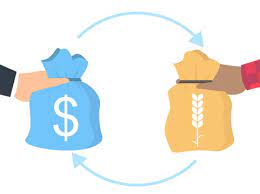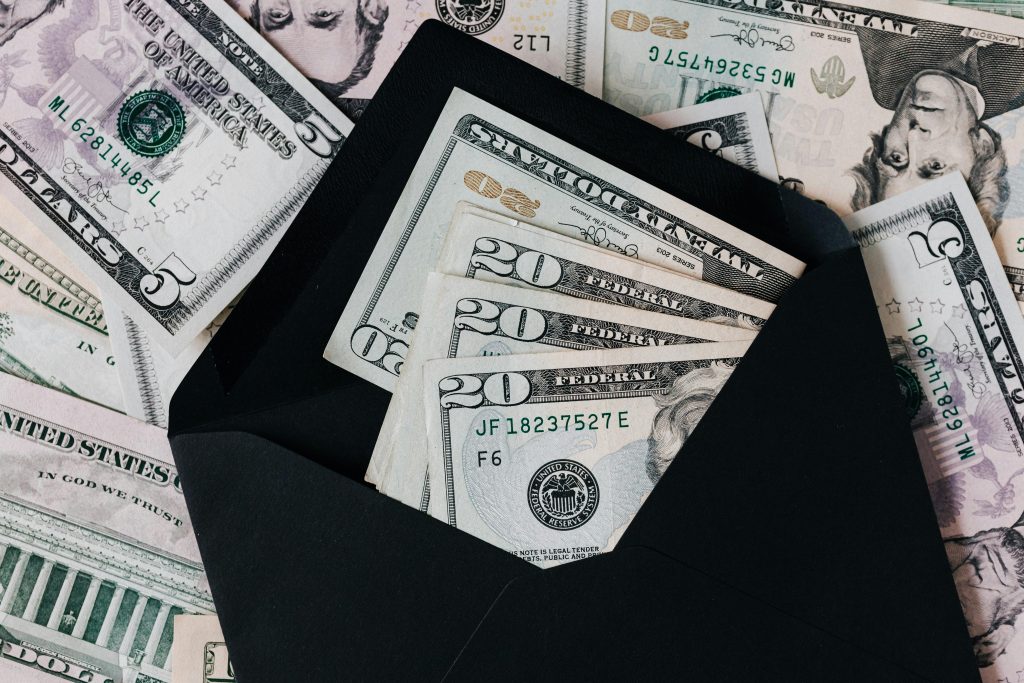In the vast tapestry of human civilization, the exchange of goods and services has been a fundamental aspect of societal development. As societies evolved, so too did the methods of payment. From bartering goods to digital transactions, the history of payment methods is a testament to human ingenuity and innovation. Let’s delve into the fascinating journey of payment methods throughout history.
Barter system


The earliest form of trade involved the direct exchange of goods and services between individuals. This system, known as barter, dates back to prehistoric times and was prevalent among ancient civilizations. Individuals would swap items they possessed for goods they needed, relying on a mutual agreement of value.
Commodity money


As societies grew more complex, the barter system became increasingly impractical. Thus, commodity money emerged, where items with intrinsic value, such as grains, livestock, and precious metals like gold and silver, were used as mediums of exchange. This facilitated trade by providing a universally accepted unit of value.
Coinage


The introduction of standardized coins marked a significant milestone in the history of payment methods. Ancient civilizations, including the Greeks, Romans, and Chinese, minted coins from various metals, enabling easier transactions and fostering economic growth. Coins bore symbols of rulers or states, enhancing their credibility and acceptance.
Paper money


With the expansion of trade and commerce, carrying large quantities of coins became cumbersome. Consequently, governments began issuing paper money as a more convenient form of currency. The earliest known paper money dates back to ancient China during the Tang Dynasty. These banknotes represented a promise of payment in precious metals upon demand.
Checks
The concept of checks evolved during the medieval period as a safer alternative to carrying large sums of money. Merchants and traders would issue written orders instructing their banks to pay specified amounts to designated recipients. Checks facilitated long-distance transactions and reduced the risks associated with carrying cash.
Bills of exchange
In the wake of expanding global trade during the Renaissance, bills of exchange gained prominence. These financial instruments allowed merchants to defer payment for goods purchased or services rendered until a later date. Bills of exchange facilitated international commerce and played a vital role in the development of modern banking.
Credit cards
The mid-20th century witnessed the emergence of credit cards, revolutionizing the way people made payments. Initially introduced by Diners Club in 1950, credit cards allowed consumers to make purchases on credit, with the issuing bank settling the transactions. The widespread adoption of credit cards transformed consumer behavior and stimulated economic growth. Nowadays, almost everyone has a RFID wallet from for example Secrid with a credit card.
Digital payment systems
The advent of the internet and digital technology heralded a new era in payment methods. Online banking, electronic funds transfer, and digital wallets revolutionized the way people manage their finances. Services like PayPal, Venmo, and Apple Pay enable individuals to make secure, instantaneous transactions from anywhere in the world.
Cryptocurrencies
The rise of cryptocurrencies, such as Bitcoin and Ethereum, represents the latest chapter in the evolution of payment methods. Based on blockchain technology, cryptocurrencies offer decentralized, peer-to-peer transactions without the need for intermediaries like banks. While still in the early stages, cryptocurrencies have garnered significant attention and are reshaping the financial landscape.
From the primitive barter system to the cutting-edge world of cryptocurrencies, the history of payment methods is a testament to human innovation and adaptation. As technology continues to advance, the future of payments promises further evolution, with emerging technologies like blockchain, biometrics, and artificial intelligence poised to redefine how we exchange value. Yet, amidst these changes, the fundamental purpose of payment methods remains unchanged: to facilitate the exchange of goods and services, driving economic progress and human interaction.



